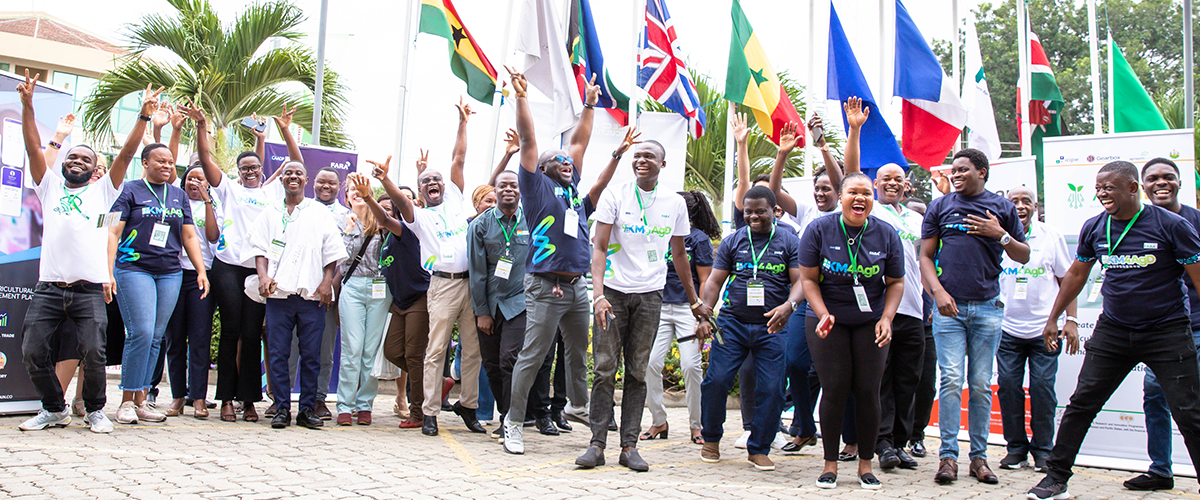TERMS OF REFERENCE-REVIEW OF THE CCARDESA HUMAN RESOURCES POLICY & PROCEDURE MANUAL
CCARDESA is a Sub-Regional Research Organisation created by SADC member states to coordinate agricultural research and development in the SADC region. Established in 2010 and formally launched in July 2011, partnering with national, regional, and continental institutions CCARDESA advances the regional agricultural research agenda.
To achieve the organisation’s strategic objectives, performance at CCARDESA is guided by strategic policies that establish guidelines and protocols and set clear expectations on how employees should carry out their tasks effectively and efficiently.
As a matter of fact, regular and proactive policy reviews are an important part of every policies and procedures management plan to keep the organization up to date. In addition, it is a general rule that policies must be reviewed periodically.
It is in this regard that CCARDESA is intending to engage a reputable and technically qualified consultant to review the organisation’s Human resources policy and procedures manual to align it with the organisation’s mission, vision, goals, technological advancements and the rapidly changing workforce trends.






